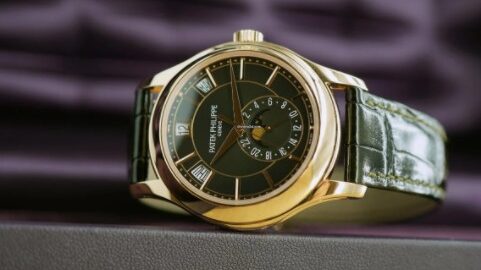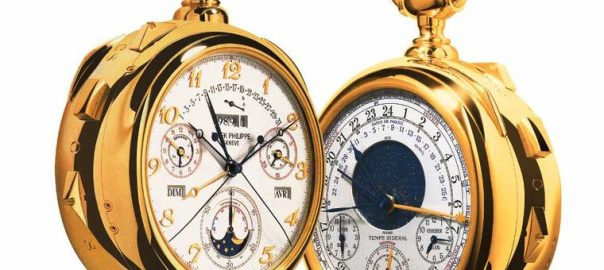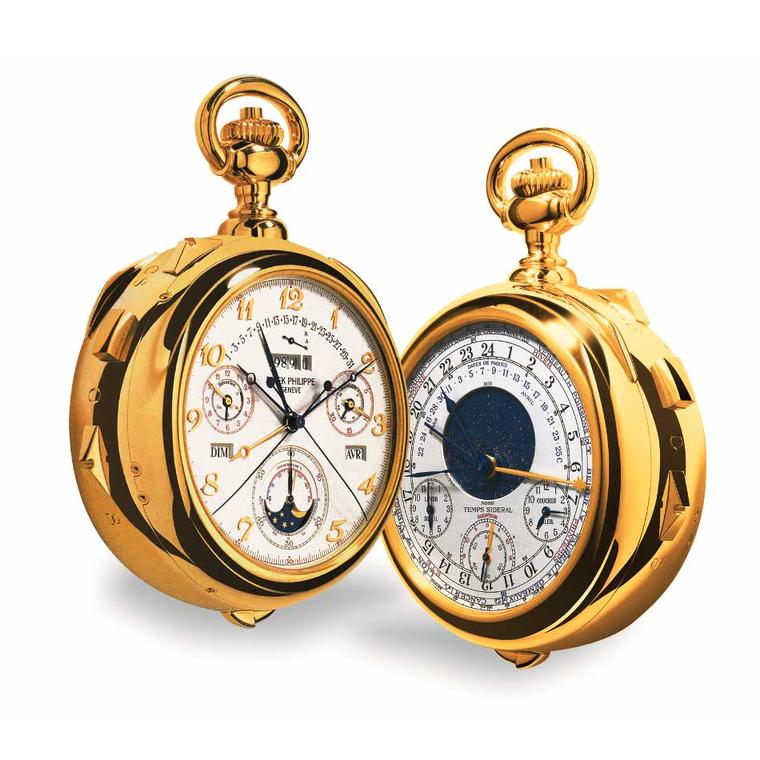Last time we recommend PIAGET watch,this time we recommend another three watches for you.Advanced watch players understand that a mechanical watch’s function is more than just to tell the time. They also want to be able to use the watch to listen to the beat and play with it. Watch House recommends three high-end brands of complication watches to suit the needs and preferences of senior watchplayers.
Patek Philippe Complication Timepiece Series Series 5205R-011 Watch
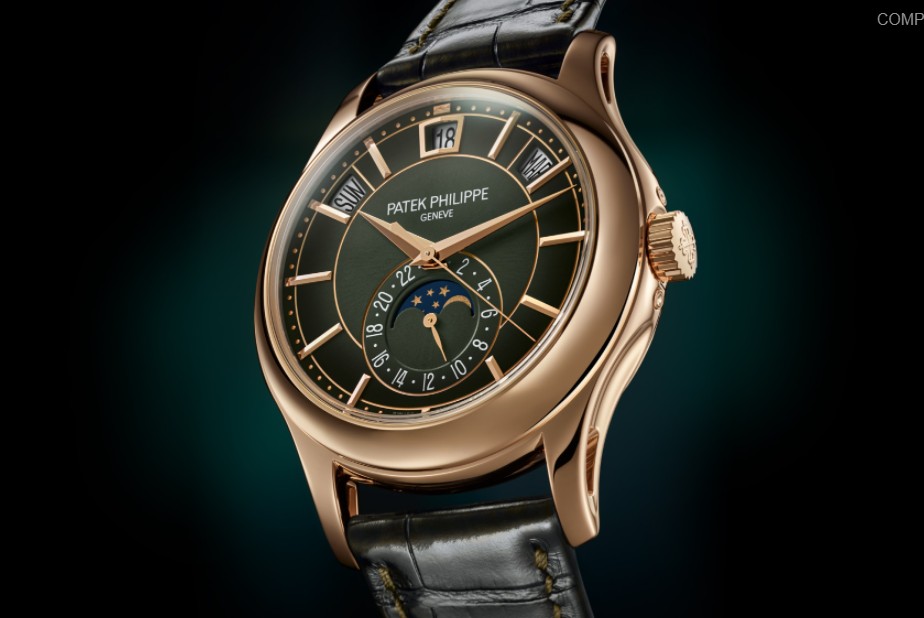
The appearance design of luxury watch brands has become more modern in recent years. Patek Philippe has launched the Ref.5205R-011 rose-gold annual calendar watch. It features an olive green dial with sunburst patterns and a black gradient edge. The watch’s rose gold case makes it more elegant and noble, combining modernity with elegance. The 324 SQA LU 24-H self-winding movement powers the watch with a 35-45 hour power reserve. The dial has curved day, month, and date apertures. This watch can be adjusted manually only once per year by using the patented annual calendar device.
Lange Lange 1 Series 137.033 Watch
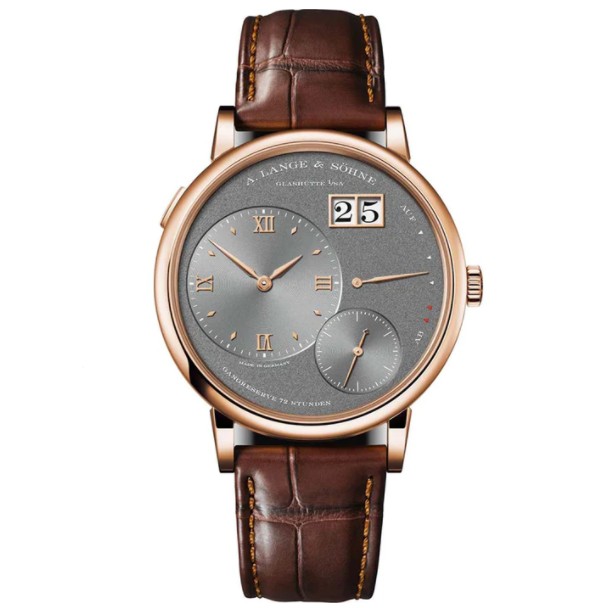
The 41 mm case of the new LANGE 1 series watches is slimmer than the previous model. It measures 8.2 mm in width and fits comfortably on the wrist. It features the classic off-centre layout and a Lange outsize day display by a double metal frame window. Hours, minutes, and small seconds are also displayed. The gray dial features delicate patterns. The main dial has grain patterns and the sub-dials have circular patterns. A reddish-brown leather strap is used with the 18K rosegold model. It is elegant and stylish. This watch is both practical and collectible.
OBLVLO CM Series Men’s Designer Watches Automatic Watch CMBB
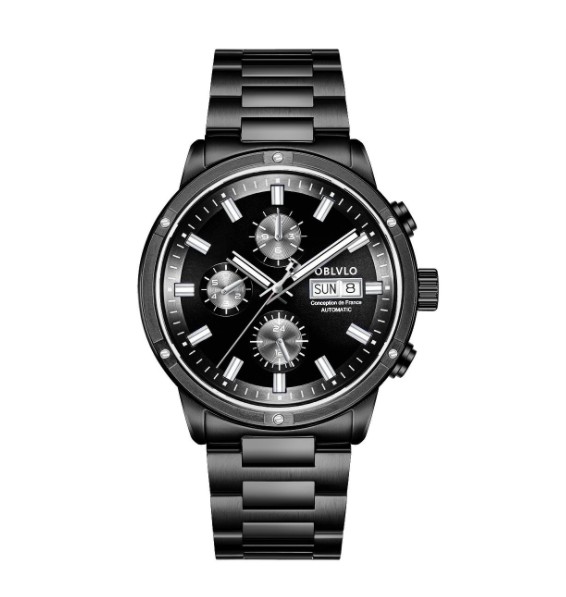
The 42mm size of the OBLVLO CM Series classic watches can show off your style and personality. It does not have complicated functions or fancy features, so it is easy to attract admirers’ attention. The OBLVLO CM series watch’s bezel has a double-arched design. This allows for more delicate lines, making it perfect for thin wrists.
The PVD bezel is included in the case. It is finished with stick markers. The display is controlled via an OBLVLO 7500 Automatic Movement. The watch is secured by a stainless steel bracelet with deployment buckle. Waterproof up to 100 meters
